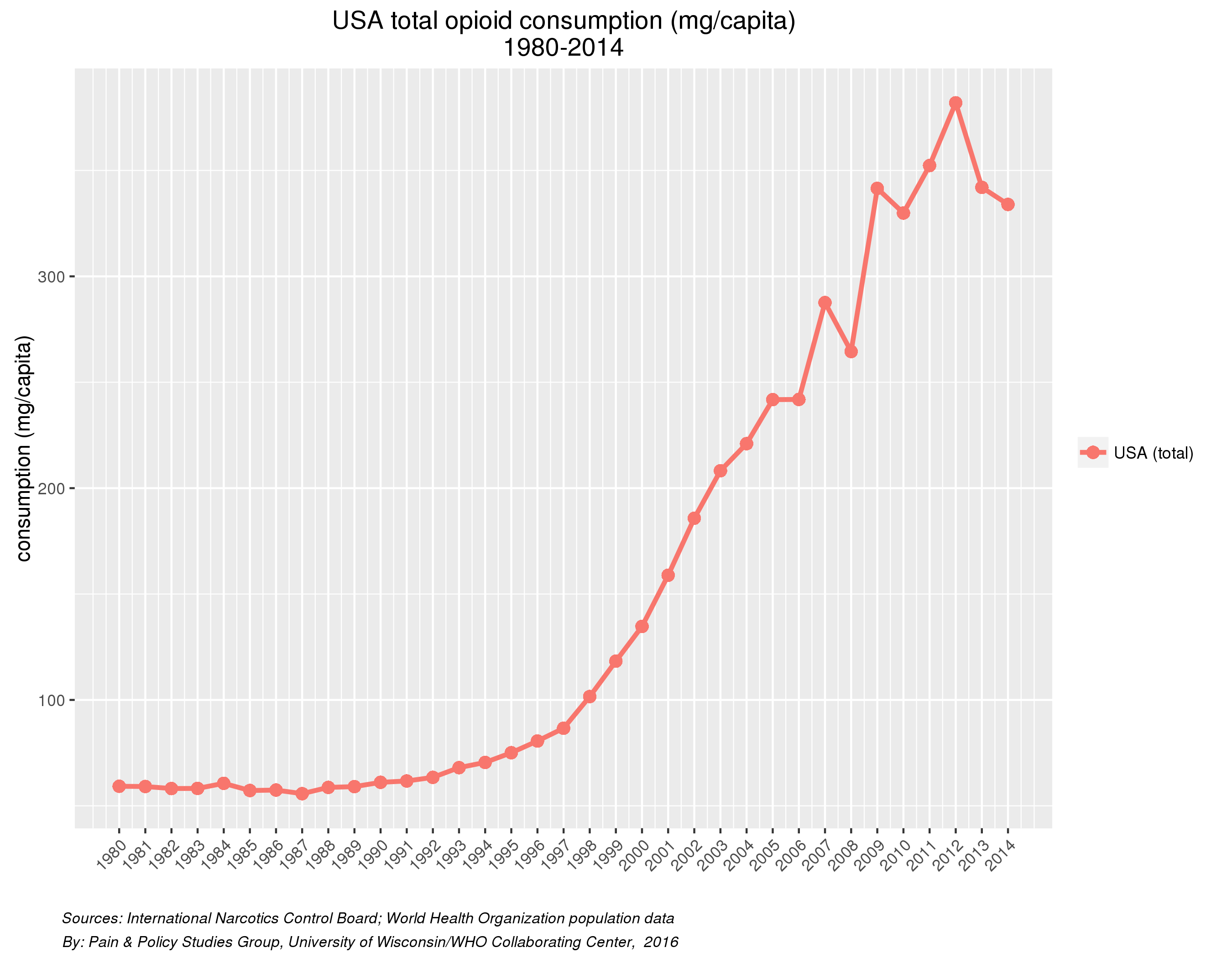By Shannon Booker, PGY3
This article will discuss the national trends in few of the areas that we here at UAB have been hearing about in our emails and HealthStream learning modules recently.
We are all familiar with the Code Sepsis initiative at UAB. This is an area of national concern, with the Surviving Sepsis Campaign and Centers for Disease Control helping to lead the way. The CDC’s August 2016 issue of "Vital Signs" outlines their areas of focus in combating sepsis.
They wish to focus on educating the public, promoting early recognition, identifying at-risk populations, tracking the impact of the interventions, and preventing the infections that lead to sepsis1. Several states including Illinois, Ohio, and Wisconsin have even implemented legislation promoting recognition and treatment of sepsis. Although to date the interventions here at UAB have focused on early identification and treatment, it is also important to consider preventative measures, such as vaccination against pneumonia, one of the most commonly identified causes of sepsis.

Residents hone their skills in managing septic shock in the UAB Simulation Lab.
Another recent focus of education here at UAB has been careful stewardship of opioid medication prescription. It is becoming increasingly evident that opioids are not the low risk treatment for chronic pain they were once advertised to be. The graph below created from the database maintained by the Pain and Policy Studies Group demonstrates the precipitous rise in prescription opiate usage in the past 30 years.

According to the CDC, this is also correlated with a steady increase in the number of deaths due to overdoses of prescription opiate pain relievers, and from heroin overdoses. There were 18,893 deaths attributed to opioid analgesics in 2014, up from only 9,857 ten years prior2. The CDC has labeled it as an epidemic, and has stated goals to improve prescribers’ practice, to expand the use of naloxone, and to work with law enforcement to combat illicit usage. Measures here in Alabama include the availability of naloxone without a prescription at Walgreen’s pharmacies and a crowd-funded effort led by UAB and the Departments of Psychiatry and Behavioral Neurobiology that raised $11,500 toward providing naloxone kits and training to those close to addicts3. Practitioners should use discretion in prescription of opiates, and monitor usage with the Prescription Drug Monitoring Program (PDMP) to carefully assess for misuse.
- Novosad SA, Sapiano MR, Grigg C, et al. Vital Signs: Epidemiology of Sepsis: Prevalence of Health Care Factors and Opportunities for Prevention. MMWR Morb Mortal Wkly Rep 2016;65:864–869. DOI: http://dx.doi.org/10.15585/mmwr.mm6533e1
- Center for Disease Control and Prevention, National Center for Health Statistics, National Vital Statistics System, Mortality File. (2015). Number and Age-Adjusted Rates of Drug-poisoning Deaths Involving Opioid Analgesics and Heroin: United States, 2000–2014. Atlanta, GA: Center for Disease Control and Prevention. DOI: http://www.cdc.gov/nchs/data/health_policy/AADR_drug_poisoning_involving_OA_Heroin_US_2000-2014.pdf
- https://crowdfund.uab.edu/project/598